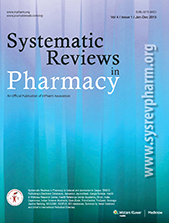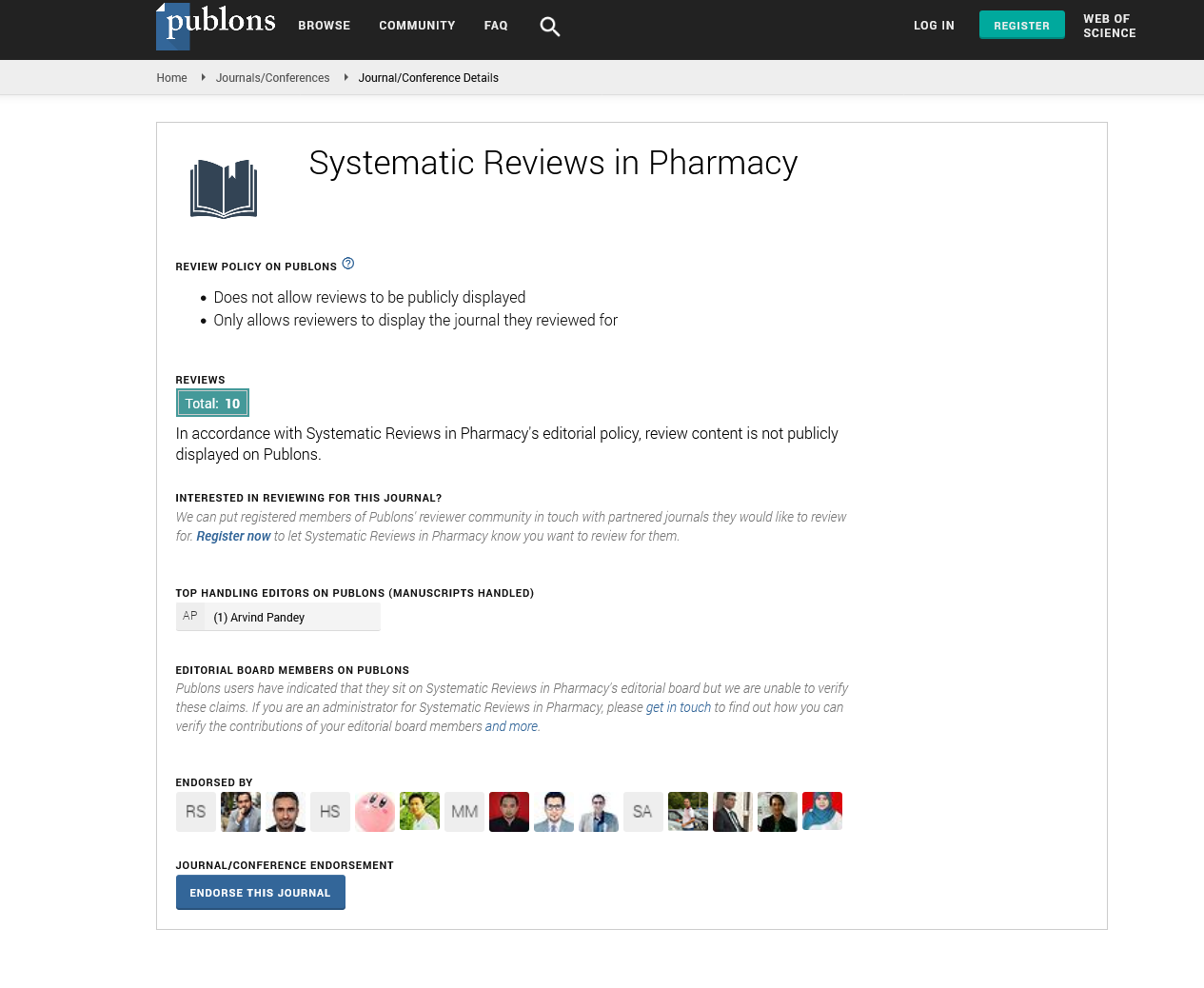Study in Silico:Interaction between AGE Compounds and Constituent Components of Vascular Endothelium Glycocalyx
Abstract
Dewi I.N. Pratiwi, M. A. Widodo, Kusworini, Nia Kania.
In vascular endothelial cells, there are glycocalyx on the luminal side and a basic membrane on the abluminal side. In the condition of diabetes and hyperglycemia, the formation of AGE compounds will be accompanied by a decrease in the thickness of the glycocalyx in vascular endothelial cells. This study aimed to analyze the possiblity of interaction between several AGE compounds and glucose compounds with the components of the glycocalyx. The analysis was performed in silico by the docking method used Hex 8.0 software. Docking was carried out between several AGE-glycocalyx compounds, and also glucose-glycocalyx. The AGE compounds analyzed included 3-deoxyglucosone, glyoxal, methylglyoxal, CML, pentosidine, and pyrraline. Subsequent analysis was carried out to see the interactions formed using LigPlus + software and Discovery Studio 4.1. The results of this study reported that the estimated amount of bond energy needed for the interaction process between the glycosaminoglycan chain and AGE will determine whether the glycosaminoglycan chain would be released from the glycocalyx structure or not. Another result obtained was that only a few AGE compounds were known to be able to interact with the core protein, so it is suspected that the presence of AGE will not sufficiently affect the structure and function of the core protein. Further analysis is needed to strengthen the results obtained from this study.






